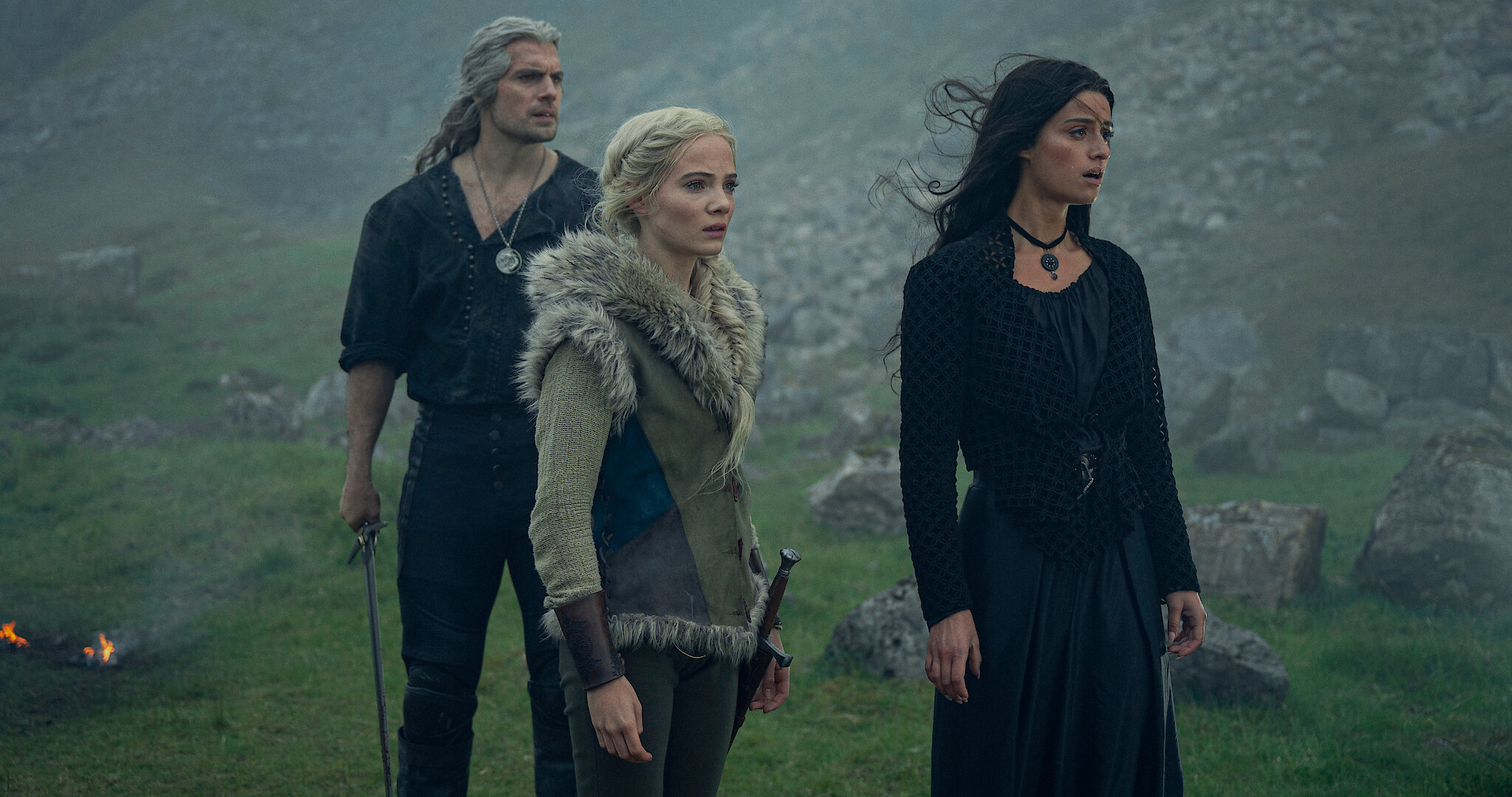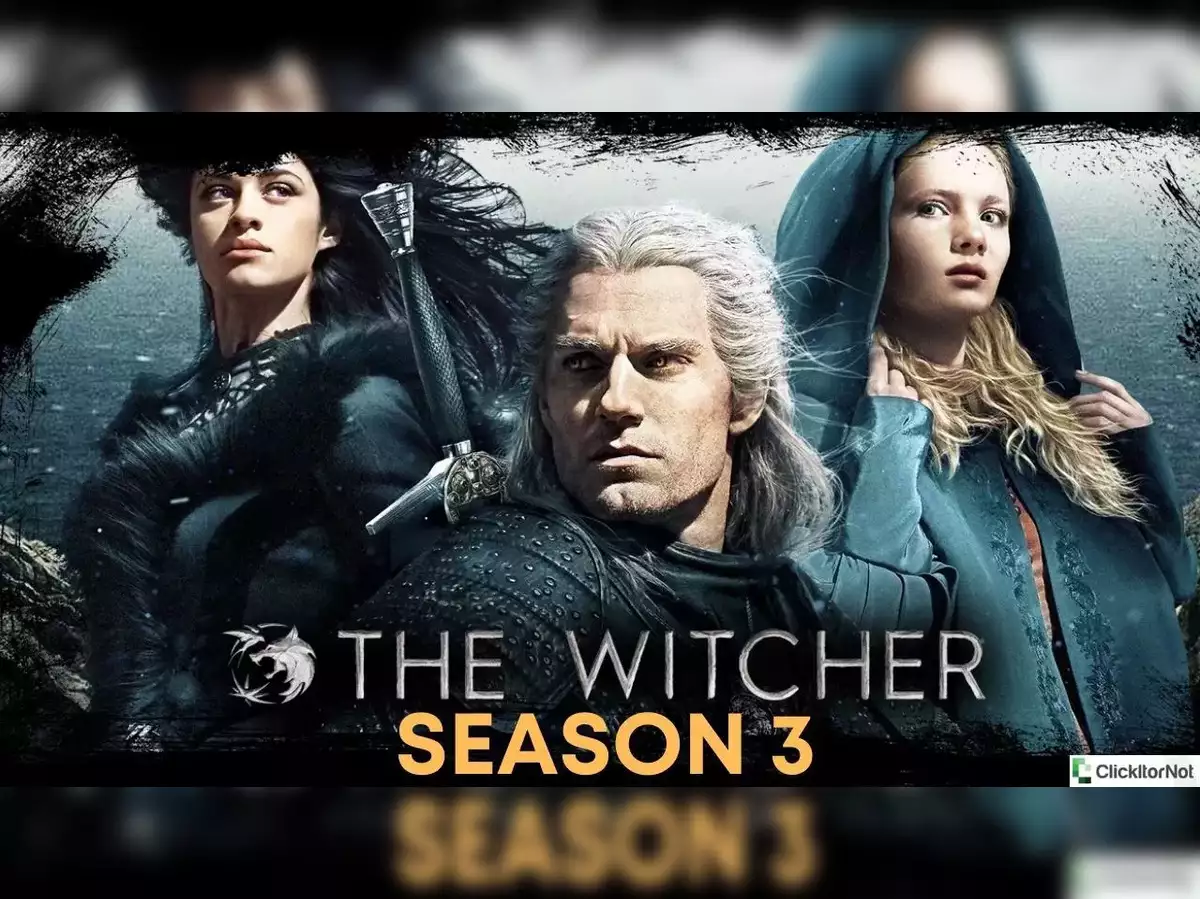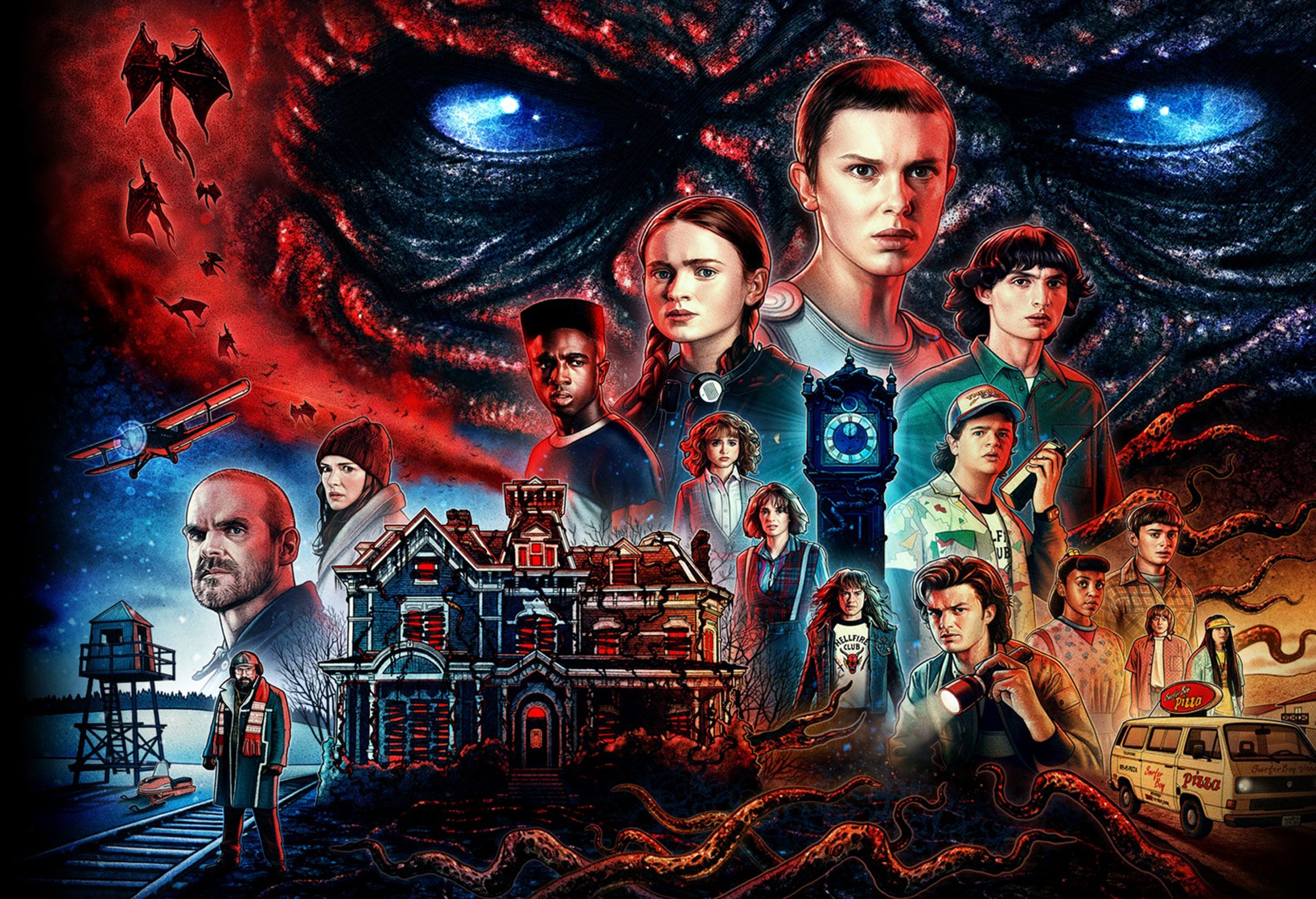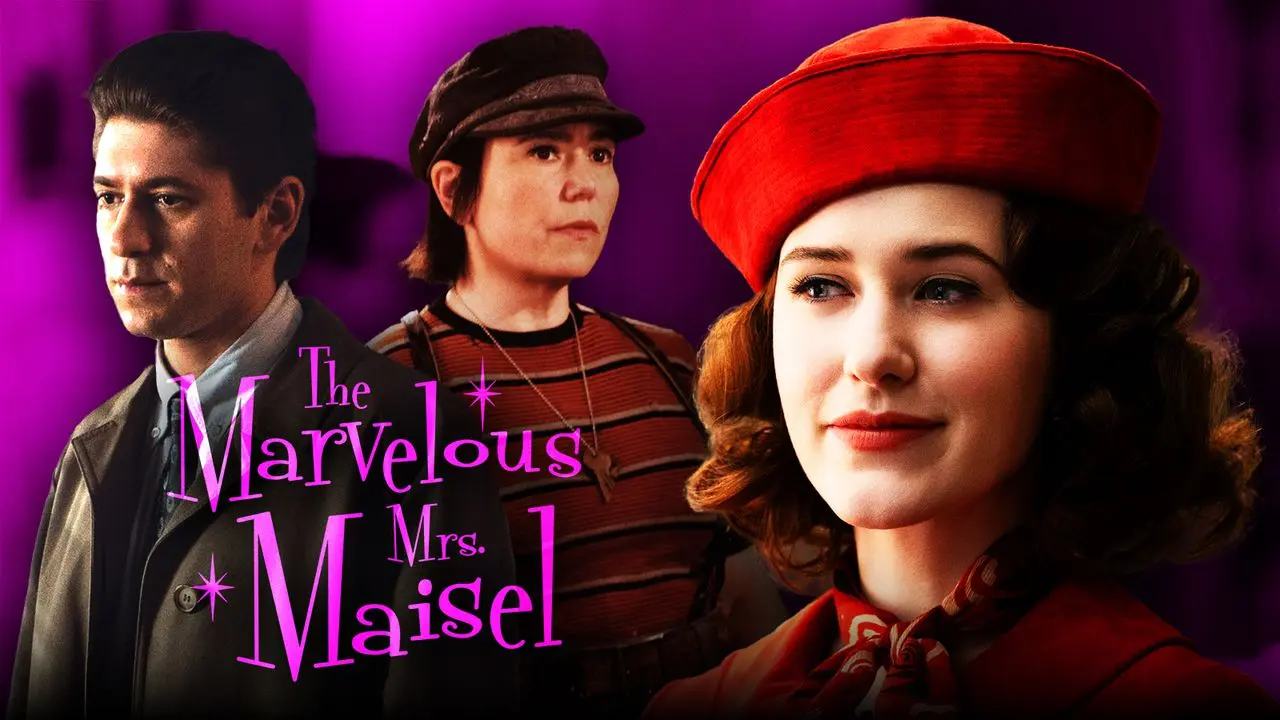The Witcher, the beloved television series adapted from Andrzej Sapkowski’s critically acclaimed book series, has enthralled audiences around the world with its gripping narrative, intricate characters, and fantastical world-building. Since its debut, the show has transported viewers to a realm where magic, monsters, and political machinations intertwine, offering a rich tapestry of storytelling that explores the complexities of morality, destiny, and the enduring struggle between light and darkness. As the highly anticipated third season approaches, fans of the series eagerly await the next chapter in the adventures of Geralt of Rivia, the iconic Witcher whose destiny is intertwined with the fate of the Continent.

A World of Magic and Monsters: The Witcher Universe
At the heart of The Witcher lies a meticulously crafted universe, one where magic and monsters are an integral part of everyday life. The Continent, the fictional realm where the series is set, is a place of immense diversity, encompassing sprawling cities, ancient forests, and treacherous mountain ranges. Populated by humans, elves, dwarves, and other fantastical creatures, the Continent is a world where powerful sorcerers wield arcane arts, and deadly beasts lurk in the shadows, posing threats to both common folk and seasoned Witchers.
Witchers, genetically enhanced monster hunters, are central to the series’ narrative. These warriors, trained from a young age and subjected to alchemical experiments, possess superhuman abilities and combat skills. Geralt of Rivia, portrayed with stoic gravitas by Henry Cavill, is one such Witcher whose adventures form the backbone of the series. Geralt’s journey is marked by moral ambiguity, as he navigates a world where the line between good and evil is often blurred, and choices have far-reaching consequences.
Geralt of Rivia: The Reluctant Hero
Geralt of Rivia, the titular Witcher, is a character of immense depth and complexity. Defined by his gruff exterior, unwavering moral code, and a keen sense of justice, Geralt is a reluctant hero thrust into a world filled with political intrigue and supernatural threats. Despite his stoicism, Geralt harbors a profound sense of empathy, often finding himself embroiled in the struggles of others, whether they be humans, elves, or monsters.
Throughout the series, Geralt’s character arc is shaped by his relationships with other key figures, including Yennefer of Vengerberg, a powerful sorceress with a tragic past, and Ciri, a young princess with a destiny that holds the key to the Continent’s future. Geralt’s bond with Ciri, in particular, forms an emotional core of the story, highlighting themes of family, destiny, and the enduring power of connection.
Yennefer of Vengerberg: The Enigmatic Sorceress
Yennefer of Vengerberg, portrayed with magnetic charisma by Anya Chalotra, is a character of immense complexity. A sorceress with a turbulent past, Yennefer possesses formidable magical abilities and a sharp intellect. Her journey is marked by a quest for power, identity, and agency in a world where sorcerers are both revered and feared. Yennefer’s relationship with Geralt is a central focus of the series, exploring themes of love, sacrifice, and the struggle for self-acceptance.
Yennefer’s character arc is a testament to the series’ commitment to exploring the depth and agency of its female characters. She defies traditional gender roles, challenging societal expectations and embracing her autonomy in a world where women are often relegated to predefined roles. Yennefer’s resilience and determination make her a compelling and empowering figure, resonating with audiences who appreciate strong, multidimensional female characters.
Ciri: The Key to Destiny
Ciri, portrayed by the talented Freya Allan, is a character whose fate is intricately tied to the fate of the Continent. As a princess of Cintra, Ciri finds herself thrust into a world of chaos and danger following the fall of her kingdom. Gifted with unique powers that hold the key to the future, Ciri’s journey is a central focus of the series, as various factions vie to control her destiny for their own purposes.
Ciri’s character arc is a coming-of-age story marked by resilience, courage, and the search for identity. As she navigates a world ravaged by war and political intrigue, Ciri must grapple with her extraordinary abilities, her royal lineage, and the responsibilities that come with her power. Her relationship with Geralt serves as a guiding light, offering moments of tenderness and mentorship amidst the darkness that surrounds them.
Political Intrigue and Moral Ambiguity
The Witcher is renowned for its exploration of political intrigue and moral ambiguity, painting a world where alliances are fragile, and betrayal lurks around every corner. The series delves into the power struggles between kingdoms, sorcerer factions, and secretive organizations, highlighting the complexities of diplomacy, loyalty, and the pursuit of power. Characters such as Nilfgaard’s ambitious Emperor Emhyr var Emreis and the enigmatic Lodge of Sorceresses add layers of intrigue to the narrative, creating a rich tapestry of conflicting interests and hidden agendas.
The moral ambiguity of the series is exemplified by its treatment of monsters and magic. In the world of The Witcher, not all monsters are evil, and not all magic is malevolent. Geralt’s encounters with fantastical creatures often challenge preconceived notions, forcing characters and viewers alike to question their beliefs and prejudices. This exploration of moral shades of gray adds depth to the series, inviting contemplation on themes of discrimination, empathy, and the complexity of the human condition.
Season 3: The Promise of New Adventures
As The Witcher embarks on its third season, the series is poised to introduce viewers to new realms of magic, intrigue, and danger. The unresolved plotlines from previous seasons, including the enigmatic prophecy surrounding Ciri and the looming threat of the Wild Hunt, are expected to reach pivotal moments of revelation and climax. The political landscape of the Continent is in flux, with kingdoms rising and falling, and powerful sorcerers manipulating the strings of fate.
One of the most anticipated storylines of Season 3 revolves around the powerful sorceress Fringilla Vigo, portrayed by Mimi Ndiweni, and her connection to the enigmatic Conjunction of Spheres—a cataclysmic event that brought magic and fantastical creatures into the world. Fringilla’s past and her role in the unfolding events are shrouded in mystery, making her a character of keen interest for both fans of the books and the television series.
Additionally, Season 3 is expected to explore the origins of the Witchers, shedding light on the secretive process of their creation and the ethical dilemmas associated with their existence. Geralt’s interactions with his fellow Witchers, particularly Vesemir, his mentor and father figure, are expected to provide insights into the moral complexities of their profession and the sacrifices made in the name of monster hunting.
Visual Spectacle and Cinematic Brilliance
The Witcher is renowned for its visual spectacle and cinematic brilliance, bringing the fantastical world of the Continent to life with breathtaking visuals and awe-inspiring set designs. The series’ use of practical effects, detailed costumes, and meticulously crafted props imbue the world with a sense of authenticity, immersing viewers in a realm where magic is real, and monsters roam the land. The cinematography, characterized by sweeping landscapes, epic battle sequences, and intimate character moments, elevates the series to a level of cinematic grandeur rarely seen on the small screen.
The use of magic in the series is a visual feast, with sorcerers and sorceresses conjuring spells that crackle with energy and illuminate the screen. From Yennefer’s mesmerizing chaos magic to the eldritch power of ancient artifacts, the portrayal of magic in The Witcher is both visually striking and narratively significant. The series’ ability to balance the spectacle of magic with the emotional depth of its characters creates a harmonious blend of visual storytelling, captivating audiences and eliciting a sense of wonder.
Conclusion: The Witcher’s Enduring Magic
In conclusion, The Witcher (Season 3) stands poised to continue its reign as a groundbreaking fantasy series, captivating audiences with its immersive storytelling, complex characters, and visual splendor. The third season promises to unveil new realms of magic and intrigue, delving into the unexplored corners of the Continent and shedding light on the mysteries that have captivated fans of the books and the television series alike.
As viewers prepare to embark on this epic adventure, they do so with anticipation, knowing that The Witcher will once again transport them to a world where the boundaries between reality and fantasy blur, and where heroes and monsters are not always who they seem. The series’ ability to navigate the intricacies of morality, destiny, and the human condition, all while delivering pulse-pounding action and breathtaking visuals, ensures its enduring appeal and cements its legacy as a landmark achievement in the realm of television fantasy.
With Season 3, The Witcher continues to cast its spell, inviting viewers to experience the magic, mystery, and mayhem of a world where the line between light and darkness is as thin as a Witcher’s blade, and where the choices of a few can shape the fate of many. As the saga unfolds, audiences will once again be transported to a realm where the fantastical becomes tangible, and where the enduring allure of magic and monsters continues to captivate the hearts and imaginations of viewers around the world.


